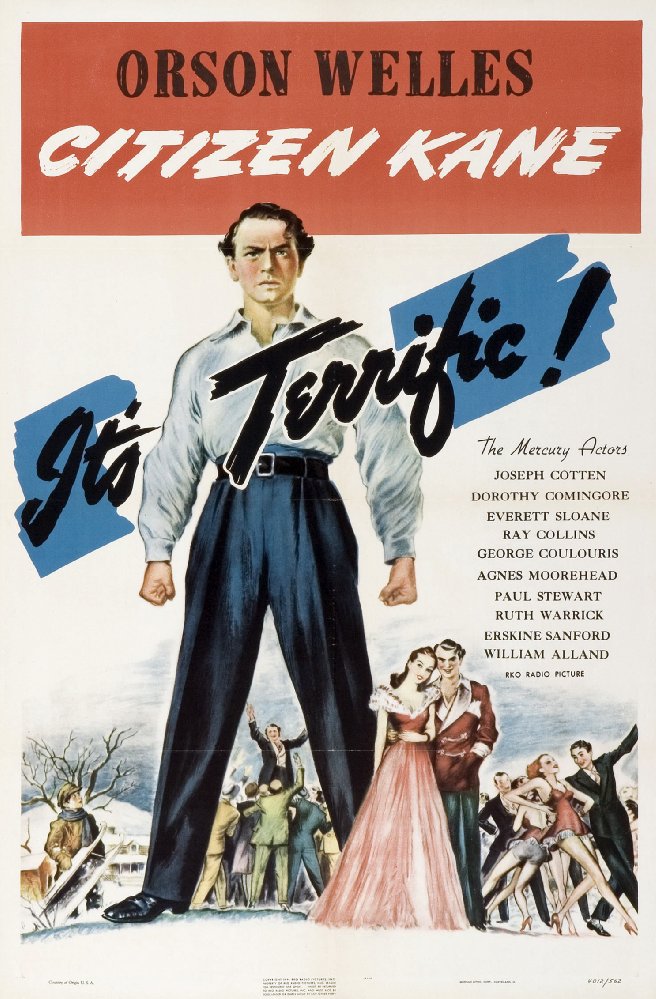A postgraduate student equipped with honors and diplomas once went to the Swiss biologist Louis Agassiz to receive the finishing touches on his degree. The great man offered him a small fish and told him to describe it.
Postgraduate Student: “That’s only a sunfish.”
Agassiz: “I know that. Write a description of it.”
After a few minutes the student returned with the description of the Ichthus Heliodiplodokus, or whatever term is used to conceal the common sunfish from vulgar knowledge, family of Heliichtherinkus, etc., as found in biology textbooks.
Agassiz again told the student to describe the fish.
The student produced a four-page essay. Agassiz then told him to look at the fish.
At the end of three weeks the fish was in an advanced state of decomposition, but the student knew something about it.
This story comes to us through the modern poet Ezra Pound, who often told it to explain to his audiences the empirical approach scientists use to understand biology should be the way common people understand art, literature, and poetry.
As with the anecdote of the sunfish, director, actor, and writer Orson Welles tries to explain a life by focusing on the details rather than on the events written up in obituaries. This week, the Center for Constructive Alternative’s seminar on Welles presented the best of his films along with a series of talks from such luminaries as “Paper Moon” director Peter Bogdanovich and film critic David Thompson. The seminar encouraged its students to understand Welles, his legacy, and his character.
 Welles’ most famous film, the 1941 “Citizen Kane,” presents the meaning of fictional newspaper magnate Charles Foster Kane’s life through an extensive autopsy of his final word, “rosebud.”
Welles’ most famous film, the 1941 “Citizen Kane,” presents the meaning of fictional newspaper magnate Charles Foster Kane’s life through an extensive autopsy of his final word, “rosebud.”
The film follows a faceless reporter — that’s right, audience, it’s you! — as he interviews Kane’s acquaintances shortly after his death. The audience’s mission: to discover why the once idealistic wunderkind behind a newspaper empire could die so sad and alone, with nothing but a snow globe and the word “rosebud” to keep him company.
We track down the memoirs of Kane’s banker and learn Kane was a brash youth who once hit him with a sled. A visit with his former editor and his best friend Jedediah Leland (Joseph Cotten) reveal Kane was passionate as a businessman and cruel when he did not win. Through Kane’s second wife, we see him marry twice and adorn everything he owns with a giant “K.” He even runs for political office, offering no campaign promises — except that he’ll put his opponent in prison. It’s hard to watch the film in 2017 without thinking of Kane as analogous to President Donald Trump, instead of to William Randolph Hearst, the man upon whom he is actually based.
As soon as someone like Trump comes into our minds, Welles’ project — making his audience understand the life of another through autopsy — fails. It’s not that “Citizen Kane” has been consistently been voted one of the best films of all time. It’s the fact that when audiences watch it or any of Welles’ other films, they can’t help but associate Welles’ characters with their own lives. When we watch movies or experience art in this manner, we’re no longer trying to understand a story and characters; we’re using the film to understand ourselves.
Early in the film, we are told that he believed himself to be, above all else, an American. Maybe that’s why we read ourselves into Kane so often. Here is a man who got a pretty blonde girl and everything he wanted, just so he could languish alone in Florida.
Or maybe it’s Welles own self-destructive path that compels us toward “Citizen Kane.” Later in life, after a series of commercial failures, Welles would become enormously fat and act in bit-part roles just to keep himself on the screen. In perhaps one of his most comic moments, he plays a film executive in the 1979 “The Muppet Movie,” a role he could never play in reality because he possessed all the pride of his own characters.
When we watch Welles’ movies with all of this background on his life, we’re no longer analyzing a decomposing sunfish — now we’re tearing out relevant details, rearranging them in the world of abstraction, and fitting them neatly into our lives. As the lights in the Phillips Auditorium go and the little Blu-ray icon starts dancing around on the screen, we find ourselves analyzing Orson Welles on our own terms — and fill ourselves with his slivers of darkness and light.
Self-analysis makes us become like Kane himself, aging tycoon in our own minds, puttering around the palatial hell of Xanadu — unfinished as Coleridge’s poem — reassessing the details of our failure. Kane found wealth and sex, but he never found happiness. And so it could be with our own lives.
In the end of “Citizen Kane,” as he mutters nonsense to himself all alone in an outsized Disneyland, Kane attempts to understand his life through personal connections and experiences. In the final shot, as the camera slow fades on the word “rosebud” peeling off a burning sled, we realize an autopsy could never explain Kane — or anyone.
He’s not a sunfish. He’s human. We can only pity his fall and fear our own.

